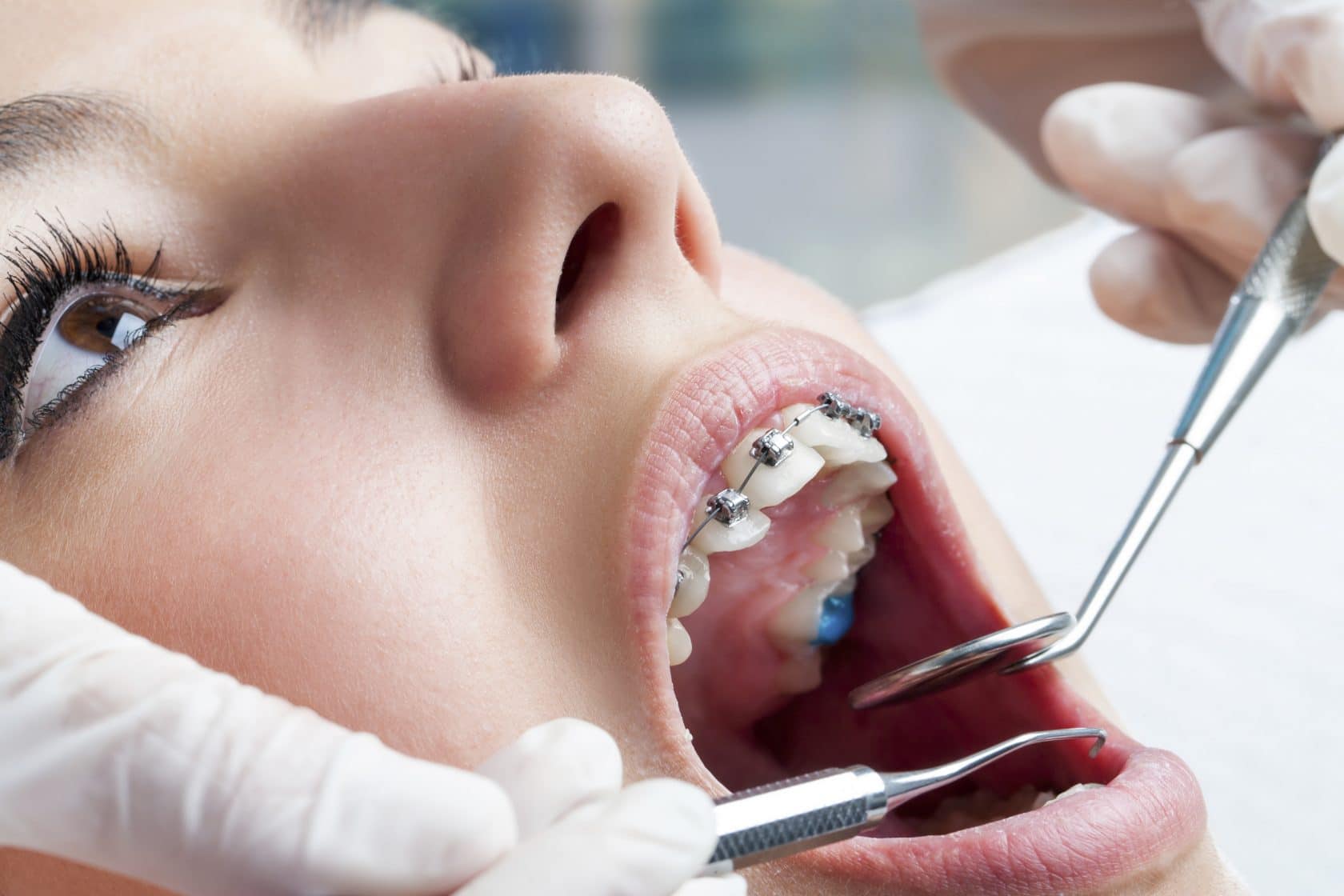How Cumming Orthodontics Addresses Common Braces and Invisalign Problems
Comprehensive Guide to Orthodontics Procedures for Remedying Oral Imbalances
Recognizing the intricacies of each procedure, including their systems, benefits, and potential drawbacks, is crucial in making educated decisions about one's orthodontic therapy. As we navigate with the comprehensive overview to orthodontic treatments for dealing with dental misalignments, the complex details of each method will certainly unravel, shedding light on the path towards a harmonious and useful dental alignment.
Orthodontic Procedures Introduction

In addition to conventional braces and clear aligners, orthodontists might also suggest various other interventions like headgear, palatal expanders, or retainers to resolve certain placement problems (cumming orthodontics). These procedures are tailored per individual's unique needs and might include a mix of treatments to attain the preferred outcomes. Regular adjustments and surveillance are crucial parts of orthodontic treatment to ensure progress gets on track and to make any type of essential alterations along the road. By undertaking orthodontic procedures, individuals can not only achieve a straighter grin but also boost their total dental health and function.
Conventional Braces: How They Work
When taking into consideration orthodontic therapies for oral imbalances, traditional braces stand out as a time-tested technique for dealing with teeth positioning. Traditional braces consist of braces, cables, and bands that function together to apply constant stress on the teeth, progressively relocating them right into the wanted placement.
One secret aspect of how typical braces job is the process of bone improvement. As pressure is related to the teeth with the dental braces, the bone bordering the teeth is reshaped to sustain the brand-new tooth positions. This makeover is vital for the long-lasting stability of the fixed placement. People will need regular changes at the orthodontist's workplace to guarantee the braces continue to apply the correct pressure for reliable teeth motion.
Invisible Aligners: Cons and pros
Invisible aligners use a very discreet and practical option to standard dental braces for dealing with dental imbalances. These clear, customized trays are practically unseen when used, making them an appealing choice for people looking for an extra aesthetically pleasing orthodontic treatment. Among the main benefits of undetectable aligners is their removability, permitting easier maintenance of dental hygiene compared to traditional braces. People can remove the aligners before eating or cleaning their teeth, reducing the threat of food obtaining embeded the device and simplifying the cleansing process.

Surgical Orthodontic Options
Surgical treatments in orthodontics existing sensible choices for attending to complex dental imbalances that may not be successfully resolved with conventional orthodontic treatments. While undetectable aligners and typical dental braces can remedy several orthodontic problems, certain situations call for surgical intervention to accomplish optimal results. Surgical orthodontic choices are generally advised for read the article severe malocclusions, significant jaw inconsistencies, and instances where the underlying bone structure requires adjustment to achieve correct positioning.
One typical medical orthodontic procedure is orthognathic surgical treatment, which includes repositioning the jaws to fix useful concerns such as difficulty speaking or chewing. This surgical procedure is commonly performed in collaboration with an orthodontist that assists straighten the teeth prior to and after the procedure. Surgical orthodontics may additionally involve procedures to reveal influenced teeth, remove excess periodontal cells, or reshape the jawbone to produce a much more harmonious facial profile.
Before considering surgical orthodontic alternatives, clients undertake a detailed assessment to establish the necessity and potential advantages of such interventions. aligners. While surgery might appear daunting, it can significantly improve both the function and aesthetics of the smile in cases where conventional orthodontic treatments fail
Retainers and Post-Treatment Care

Failing to conform with post-treatment care instructions can result in relapse, where the teeth slowly move back in the direction of their original positions. Regular retainer wear, great dental hygiene, and routine dental exams are necessary for preserving the outcomes attained with orthodontic surgery and guaranteeing the lasting stability of the fixed dental positioning.
Final Thought
Finally, orthodontic treatments offer various alternatives for remedying dental misalignments. Typical dental braces make use of metal brackets and cords to move teeth into proper placement. Undetectable aligners give an even more discreet option but might not be suitable for all cases. Surgical orthodontic choices are offered for extra extreme imbalances. Retainers are typically made use of post-treatment to maintain the brand-new placement. In general, orthodontic treatments can effectively improve oral health and aesthetic appearance.
As we navigate with the detailed overview to orthodontic procedures for remedying dental imbalances, the intricate details of each method will certainly unravel, losing light on the path towards a functional and harmonious dental placement. - braces
One of the most usual orthodontic therapies is the usage of dental braces, which consist of metal braces and cords that apply gentle stress to gradually shift teeth right into the preferred placement.When taking into consideration orthodontic therapies for oral misalignments, conventional dental braces stand out as a time-tested method for dealing with teeth positioning. Furthermore, unseen aligners might not be ideal for intricate orthodontic problems a fantastic read that call for even more considerable teeth motion, as they are usually advised for moderate to moderate cases. Retainers are customized orthodontic gadgets created to hold teeth in their remedied placements after the completion of orthodontic treatment.